As a company grows, it is faced with challenges that stem from overburdened staff, systems that cannot support the needs of the business, and processes that are inefficient or not scaleable. This results in increased costs and risk exposure that can set growth plans back. To better manage these challenges, companies need to understand the who, what, where, when, why and how of their business. The only way to truly establish this common understanding throughout an organization is through role-based documentation.
As an organization grows and becomes more complex, documented processes become paramount. Documentation ensures consistency and quality in how an organization interacts with customers, vendors, internal + external stakeholders and employees.
Balancing Formality and Flexibility
When outlining the importance of role-based documentation, the number one question I am asked is, “how do we stay nimble if we are requiring a process to be a certain way.” Processes should not create bottlenecks, but instead create efficiencies through standardization with exception management.
Indeed, certain processes will need to be established as policies and will not have a great deal of flexibility. These are the “laws” the organization has set forth and must be complied with. But the majority of company processes should consider both efficiency and effectiveness elements to achieve optimization.
Every process should consider an exception management element to accommodate for the one-off items that, while significant, are not the standard process. These exceptions are better served with a process that is adequately controlled and allows for different steps to be taken to meet certain situational needs. No matter what the process documentation looks like for your organization, balancing formality and flexibility is a must in achieving an optimal process.
Getting Started with Role -Based Documentation
A company’s objectives will dictate the nature and content of the documentation efforts. If you are just beginning to create process documentation, a great place to start is with Role Transitioning documentation. This is a quick and easy way to document the day-to-day tasks an employee performs and how much time they spend performing those tasks.
S+H’s Role Transitioning service results in two deliverables: a Resource Utilization Assessment and a Succession Training Document.
Resource Utilization Assessment
The Resource Utilization Assessment provides visibility to organizational leaders about how an employee is spending their time. This can be quite eye-opening as they may begin to realize that someone with oversight responsibilities might be spending a lot of their time performing administrative tasks that could easily be delegated.
Succession Training Document
The Succession Training Document will benefit an organization as they can integrate resources seamlessly into the organization and transition responsibilities from one team member to another while maintaining processes.
Role Transitioning is the quickest and least expensive way to start documenting activities as it typically takes 2-3 days to document tasks for each role. As the company continues to grow, this documentation can be leveraged to create desktop procedures, end-to-end process documentation, policies, SOX narratives and assess process improvement opportunities. If you are looking to process transactions more efficiently and effectively but do not know where to start, S+H Search and S+H Consulting can help find the right solution for you.
